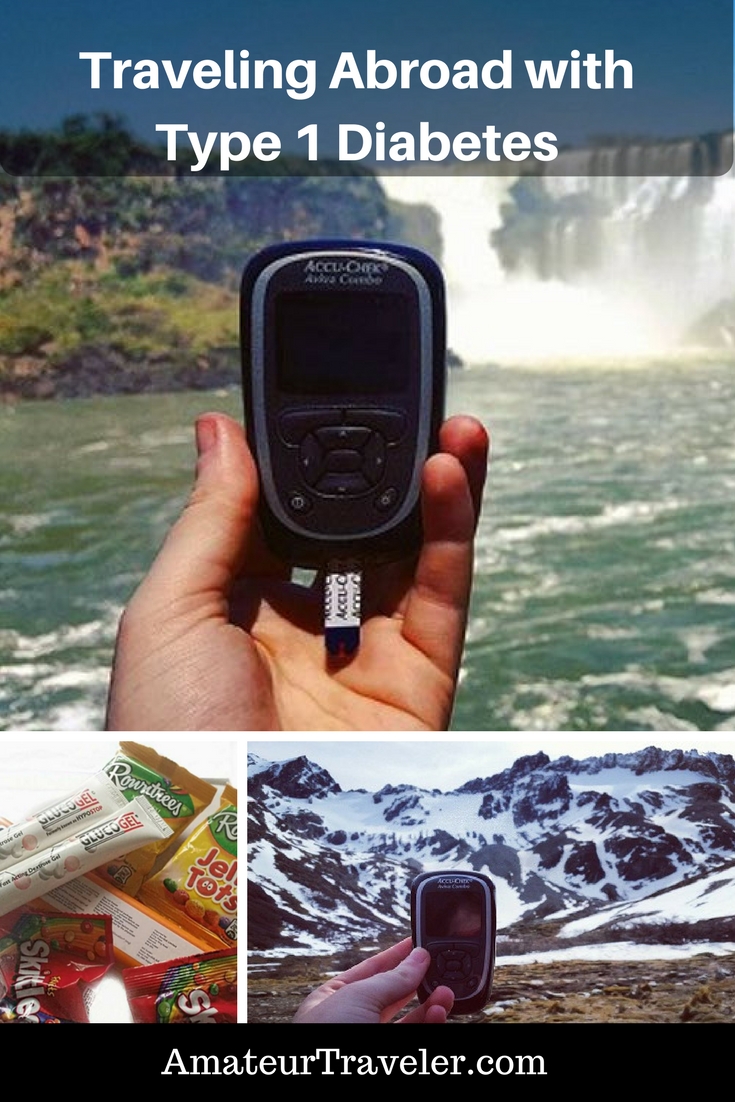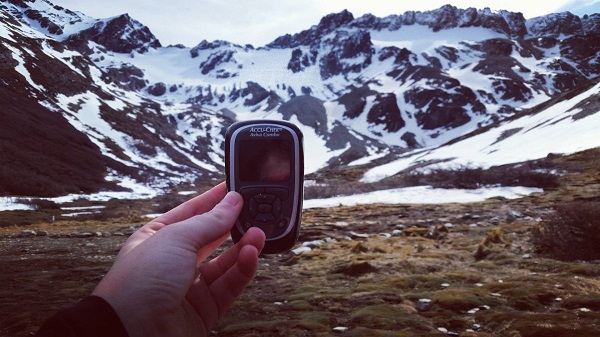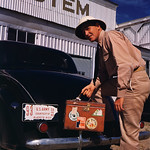Traveling Abroad with Type 1 Diabetes
categories: UncategorizedType one diabetes shouldn’t hold anyone back and there is no reason why you can’t still travel the world. It just means requires more preparation. I’ve been traveling the world with type 1 diabetes full time for over two years now, so I’ve put together some tips and tricks I’ve learned along the way that can help make the process easier for you.
Fail to prepare and prepare to fail
Type 1 diabetes itself requires a lot of planning, motivation … and then even more planning! It’s no different when it comes to traveling with the condition. Before you decide to take on a big adventure you should make sure your blood sugars are stable. The normal fluctuations of high and low blood sugars are part of everyday life, but if you are running constantly high or experiencing lots of hypos, then it’s best to wait until your blood sugars are leveled out before you take on a big adventure. Plus, if you are taking an adventure with unstable blood sugars you won’t feel great and therefore won’t enjoy it as much as you possibly could.
Get all your diabetic appointments in check before you leave
We diabetics need to ensure that different parts of our bodies are in working order before we can travel anywhere. You should take your trip as an opportunity to ensure all your diabetic appointments are up to-to-date, such as your eye check-ups, feet check-ups, meeting with your diabetes specialist, and general overall health checkups.
This is also a good chance to speak with your diabetes specialist about your trip and obtain a medical letter for traveling. These are useful for airport security and various tourist attractions around the world. They will explain that you are type 1 diabetic and that you need your insulin pump or injections on you at all times. It’s always a good idea to translate your letter into the country you are visiting.
Typically most airline staff will speak basic English, but if you are crossing via land borders or even at remote tourist attractions that require security, many of them do not know English. I’ve experienced this quite a few times across Brazil and in Vietnam. Life was made easier by having my doctor’s letter explaining my supplies in the correct language. This leads nicely to my next point.
Overestimate your supplies
Diabetes is unpredictable at the best of times, and when you add a new country, new climates, foods, and time zones into the mix, it can become even more complicated. To help ensure your trip runs smoothly, you should bring three times as many supplies as you would typically need. This means, three times as much insulin, syringes, cartridges, infusion sets, etc.

Don’t forget your diabetic ID
Regardless of whether you’re traveling on a solo adventure or with friends, you need to have some form of medical ID with you in case of an emergency. There are an array of ID’s to choose from such as medical cards, bracelets, necklaces, phone charms, and some people even opt for tattoos (I’m not that brave!) I always think it’s a great idea to change your phone lock screen to a medical ID too and in the language of the country, you are visiting for some, it works better.
Typically, in today’s digital age, it’s one of the things that people look at first in an emergency, so it’s not a bad backup to have. Also, tell people who are with about your type 1 diabetes and what to do in an emergency low blood sugar scenario or if you pass out. It’s always important to carry a Glucagon Emergency Kit with you whilst traveling and you can obtain this from any pharmacy.
Research your destination(s)
Depending on what country you are traveling to, the available medical supplies, doctors, and hospitals will vary. If there are traveling “off the beaten track”, then you may struggle to get to a doctor quickly in an emergency. You should contact your local insulin supplier and find out if they stock the insulin you use in the country you are going to (this information can easily be found via a phone call).
You should make note of your nearest pharmacies and hospitals in case you need to obtain insulin or diabetic supplies. It’s useful if you carry a prescription of all the medications you take as this may help the pharmacist locate supplies for you. It’s also very important to note that insulin strengths vary across the world, for example, the most common strength is U100 strength insulin.
However, in some other countries, insulin is sometimes sold in strengths of U-40 which if you are using syringes, will cause your dose to be different. You should discuss with your doctor about how to manage the different strengths of insulin. If you use prefilled insulin pens, then the strength is always U100, so even if you are using a different brand of your insulin, the dose will remain the same.
When you put the preparation in and you prepare for all the possible scenarios that could happen when you travel with type 1 diabetes, then there is no reason why you can’t have an amazing trip and see more of the world. There are, of course, many other things to consider before taking a trip away, but these tips are a great place to start! Let me know in the comments below if you have any other concerns or are looking for extra advice.
One Response to “Traveling Abroad with Type 1 Diabetes”
Leave a Reply
Tags: article, travel health






 8 Tips for Traveling with a Bad Back
8 Tips for Traveling with a Bad Back 6 Reasons to Skip Europe when Studying Abroad
6 Reasons to Skip Europe when Studying Abroad The Problem Using American Credit Cards Abroad
The Problem Using American Credit Cards Abroad The Obama White House Wants You To Study Abroad
The Obama White House Wants You To Study Abroad


Laura Weiner
Says:March 24th, 2019 at 1:26 pm
This is very helpful. I was also looking for how you actually eat daily meals in foreign countries. I stick to a very low total carb diet (no more than 50-60 daily) and would like to visit Italy. I also stay away from processed (salami) meats, and if I eat bread, I have only 15 carbs of whole grain (no white) per day. Very little sweets, only reserved for bringing up BG if low. I stick to meat, vegetables (not breaded, like they do so often in Italy), dairy, fish, poultry, and unsweetened greek yogurt for breakfast with berries (no cereals, muffins, pastries). When I travel in the US, I’m driving, and can keep a cooler with all my ‘restricted diet’ necessities. I’m just trying to figure out how I can keep my regimen in Italy when traveling on trains (no cooler coming along!). Also, meal times are much later in the day… Lunch 3, dinner 9. etc. (and the time difference) I’ve only been a Type 1 diabetic for 1 1/2 years, since I was 71. Managing my medical supplies doesn’t worry me as much as inability to finding meals low in carbs when you can’t research menus online. And you aren’t sure where you will be ‘grabbing a bite for lunch’. Any advice is MUCH appreciated.